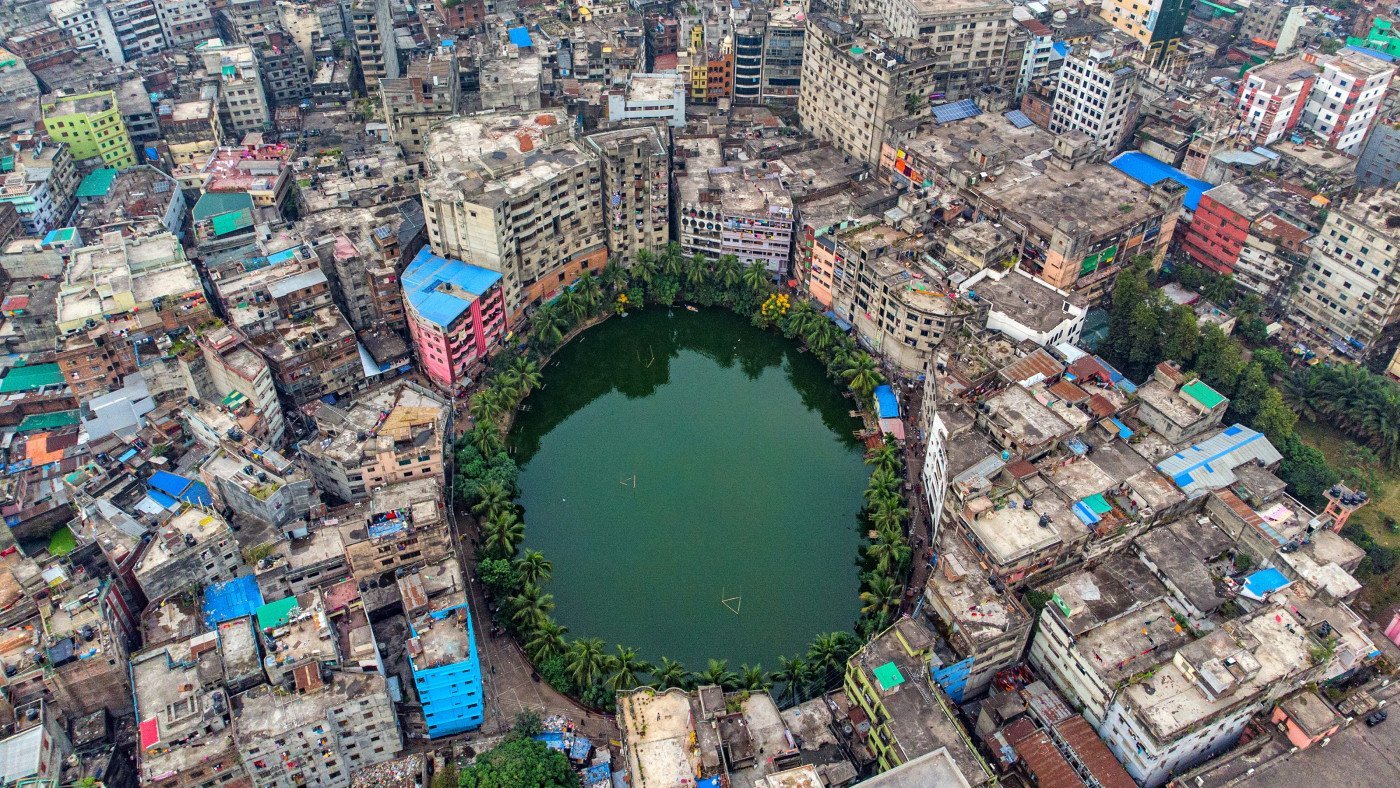The Legacy of Hazrat Shah Jalal
A Sacred Journey into Sylhet’s Heart
When you travel to Sylhet in northeastern Bangladesh you don’t just find lush tea gardens and rivers. You also discover a deep spiritual legacy anchored in the life of Hazrat Shah Jalal (R.A.). His journey and mission flow into the fabric of modern Bangladesh in surprising and inspiring ways. In this article we explore his origins, his mission, his impact on Sylhet, and how his legacy remains vibrant today.
Origins and Early Life of Hazrat Shah Jalal
Hazrat Shah Jalal’s early life is wrapped in both history and legend. He was born around 1271 CE, though sources differ on his birthplace, suggesting locations such as Turkey, Yemen or Turkestan. (Banglapedia)
He studied in Mecca under his uncle and rose to prominence as a Sufi scholar. (Wikipedia)
His spiritual training prepared him not just for scholarship but for leadership in faith and social mission. Remarkably, he carried a handful of earth from his teacher and was told to travel to a land where the soil exactly matched it in colour and smell. That soil test led him to Bengal. (1854 Photography)
The Arrival in Sylhet and Spread of Islam
Around 1303 CE Hazrat Shah Jalal arrived in the region of Sylhet along with his companions. Historical accounts link him with the conquest of Sylhet from its previous ruler, Raja Gour Govinda. (Banglapedia)
He combined spiritual teaching with social engagement. Instead of mere military might, his mission included respect for local communities, education and moral reform. That balanced approach helped Islam spread organically in the region.
The shrine of Hazrat Shah Jalal now stands at Dargah Mahalla in Sylhet. (Wikipedia)
People from across Bangladesh and beyond visit this site daily. It remains a centre of devotion, learning and communal identity.
Hazrat Shah Jalal’s Enduring Impact on Sylhet
His influence on Sylhet is profound and multifaceted. The concept of “Hazrat Shah Jalal Bangladesh” goes beyond one man. It shapes culture, geography and identity. For example the gigantic complex of his shrine has made Sylhet a pilgrimage city. (Wikipedia)
His legacy also shapes educational institutions, local leadership and community values. The brother of saints, the disciples and the network of auliyas (saints) established in the region under his example created what some scholars call a “spiritual landscape” in Sylhet.
Shrine-based activities in Sylhet merge spiritual devotion with social welfare. Feeding the poor, providing shelter and building communal solidarity were central to his model. That model still resonates in local community life. (Banglapedia)
Hazrat Shah Jalal’s Significance for Modern Bangladesh
In modern Bangladesh the reverence for Hazrat Shah Jalal intersects with national identity, culture and tourism. His name graces major institutions and infrastructure. For example the country’s largest international airport in Dhaka is named after him. (Wikipedia)
His shrine remains the largest religious compound in Bangladesh and a magnet for spiritual tourism. Crowd data show thousands of devotees visit every year. (Wikipedia)
The idea of “Hazrat Shah Jalal Bangladesh” therefore includes the diaspora of Sylhetis abroad who maintain devotional ties. Many Sylheti immigrants in the UK and Middle East visit his shrine during holidays or contribute toward its maintenance.
Cultural and Social Dimensions of the Legacy
The teachings of Hazrat Shah Jalal emphasised love, service and humility. These values filtered into local culture in Sylhet and beyond. Folk songs and oral traditions often mention him and his companions. Traditions of hospitality and community care in Sylhet can trace roots to his model.
Libraries, religious schools (madrassas) and several research works highlight how spiritual networks formed under his guidance influenced Islamic learning in Bengal. (BRMI)
The shrine environment also fosters communal gatherings, annual urs celebrations and cross-generational ritual continuity. These events reinforce both religious devotion and social bonds in Sylhet.
Challenges and Future Prospects
Even as the legacy thrives, there are growing challenges. Urban pressure and commercialization around the shrine area could threaten its spiritual ambiance. Infrastructure development must respect heritage while accommodating modern needs.
Preservation of historic records, shrine architecture and intangible spiritual heritage remains essential. Scholars at heritage foundations in Bangladesh point out gaps in systematic data on visitor numbers, shrine revenue and conservation status.
Yet there is opportunity too. Spiritual tourism based on Hazrat Shah Jalal’s legacy could support local economy, foster cultural exchange and promote peace. Properly managed pilgrim flows, community engagement and heritage conservation can ensure his legacy continues to enrich Bangladesh.
Why Hazrat Shah Jalal Still Inspires
The resonance of Hazrat Shah Jalal in Bangladesh is real and deep. His life story resonates with many because it combines scholarship, humility and social reform. In a world often divided, his message of service and spiritual depth offers a unifying vision.
When visitors come to the Shah Jalal shrine they often speak not only of faith but of peace, purpose and belonging. That shows why his legacy remains alive.
For Bangladesh his story stands as a symbol of spiritual heritage, cultural identity and community resilience. It reinforces that faith and social good need not be separate.
Closing Reflection
Hazrat Shah Jalal Bangladesh is not just a phrase. It is a living link between the 14th century and the present day. The soil of Sylhet still remembers his footprint. The voices of his companions still echo in folk songs. The community kitchens still serve pilgrims in the spirit of his example.
For those exploring Bangladesh the journey to Sylhet offers more than scenery. It offers an encounter with a legacy that shaped the land, minds and hearts of many. In the footsteps of Hazrat Shah Jalal we find a path of learning, compassion and community that remains relevant today.







